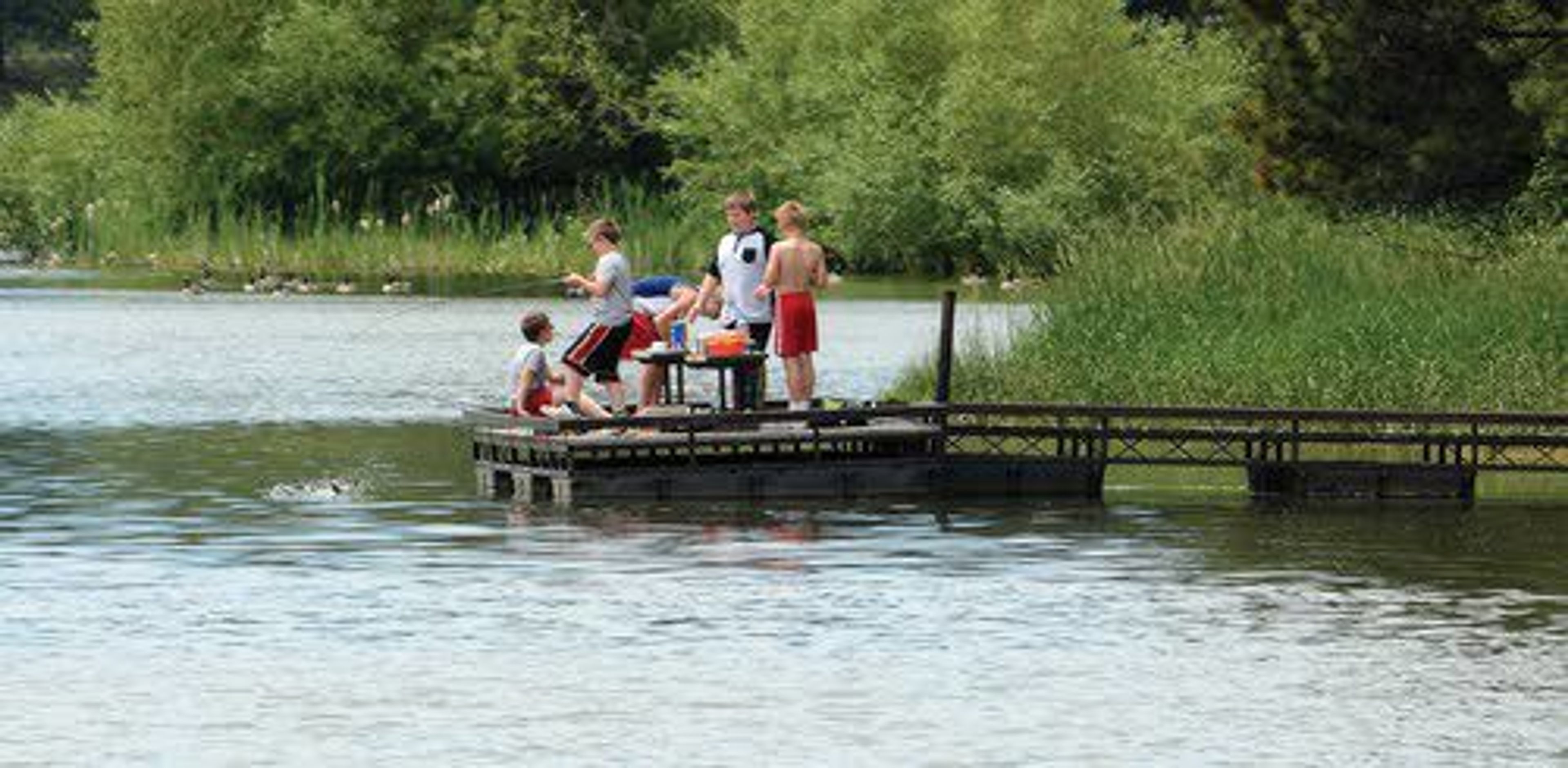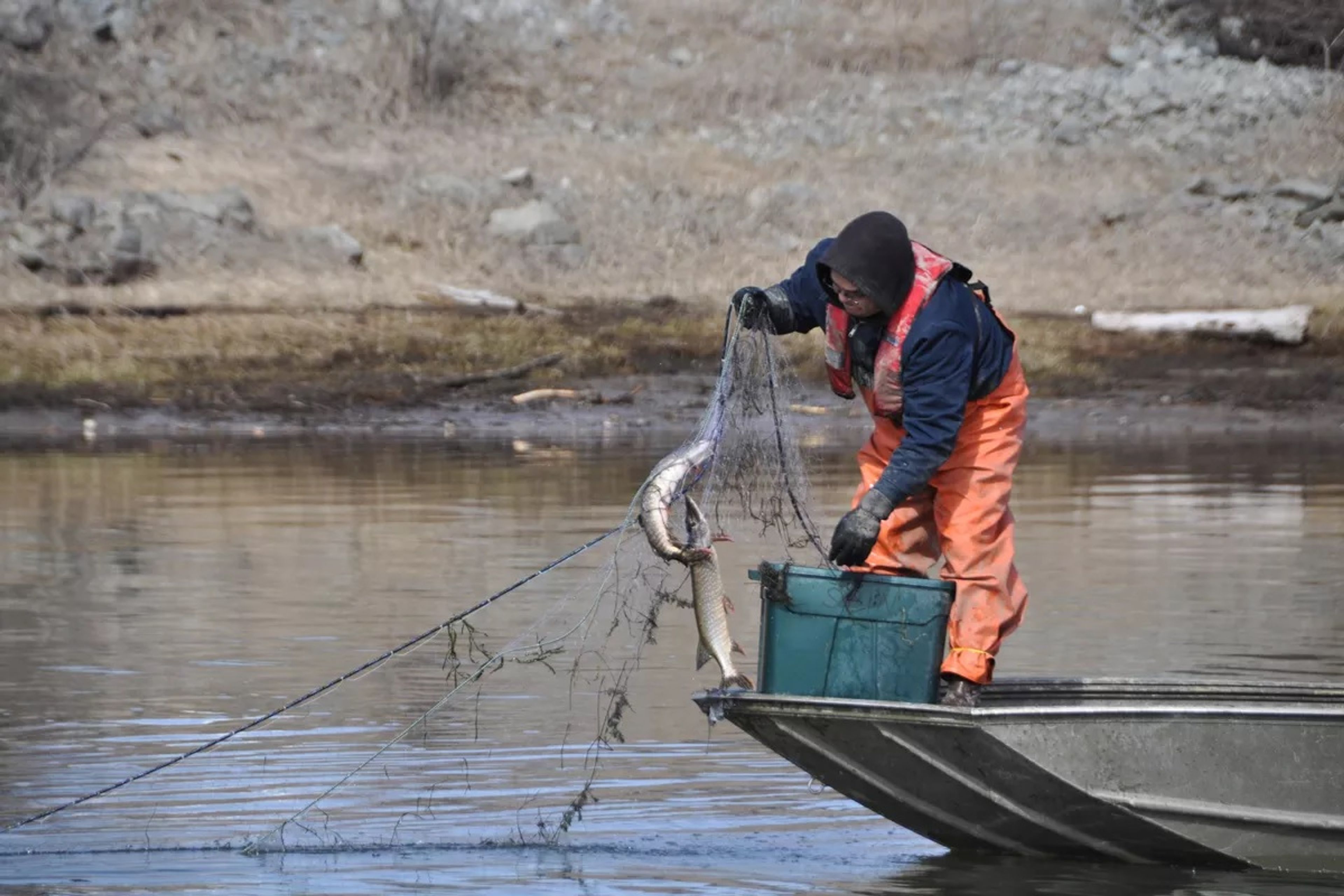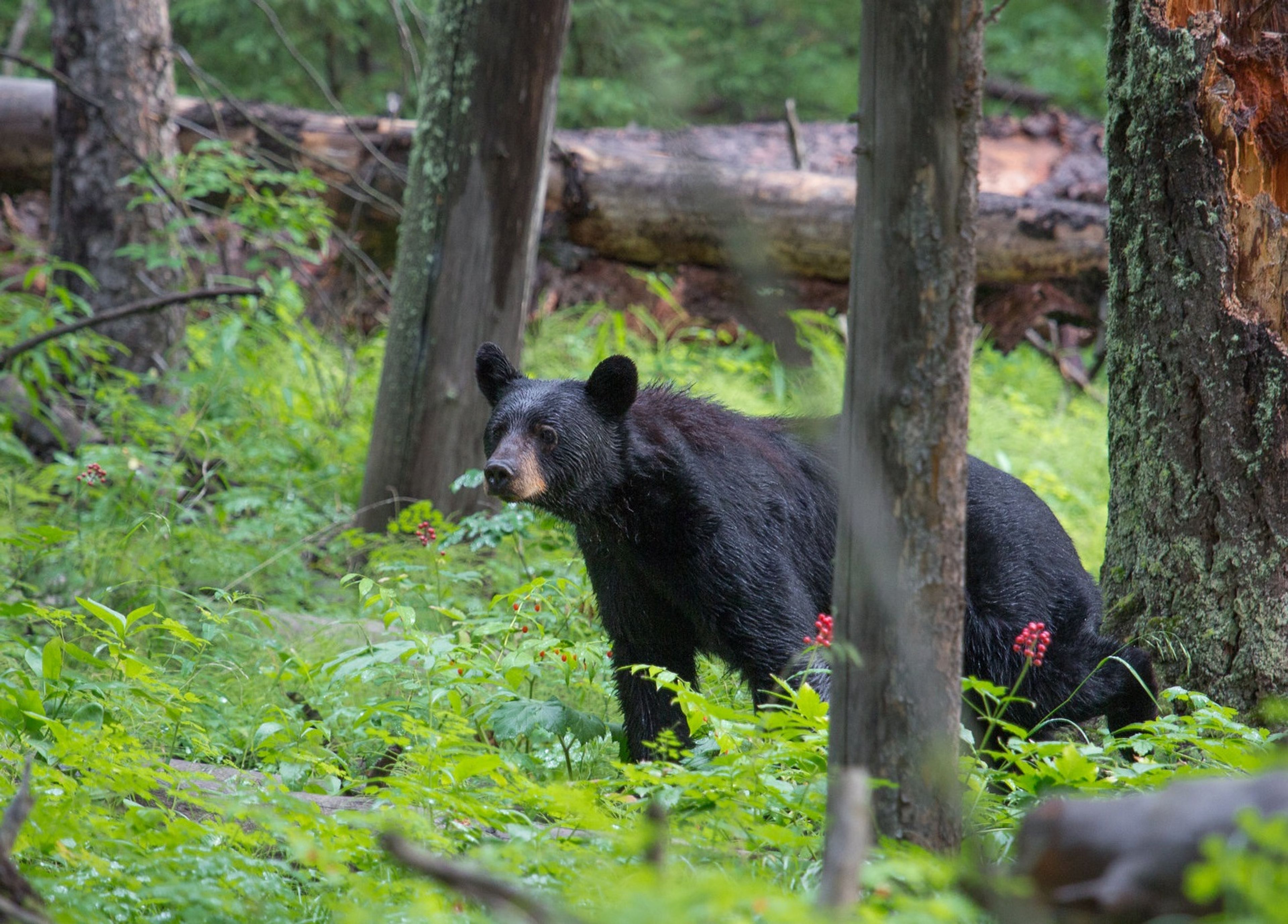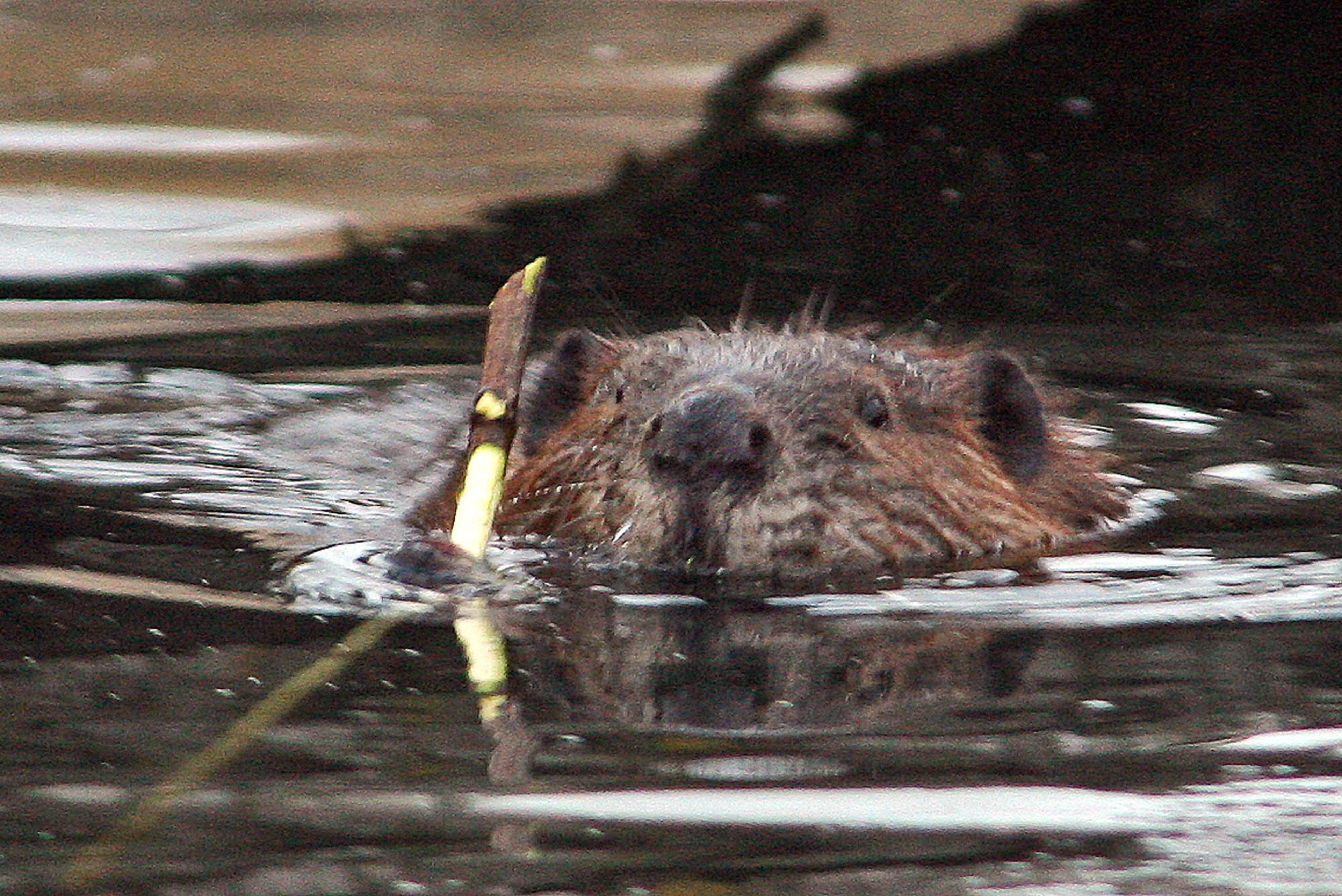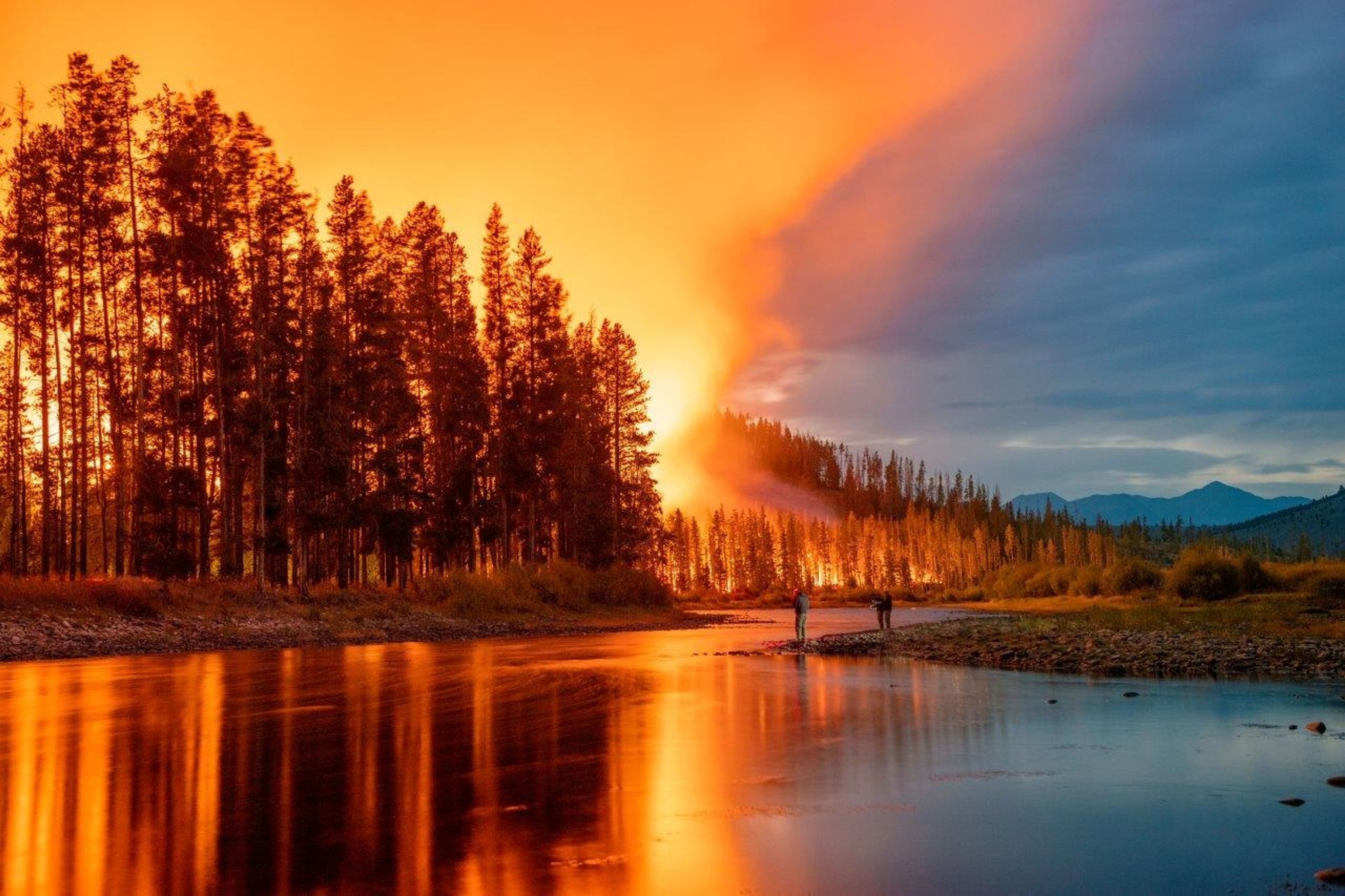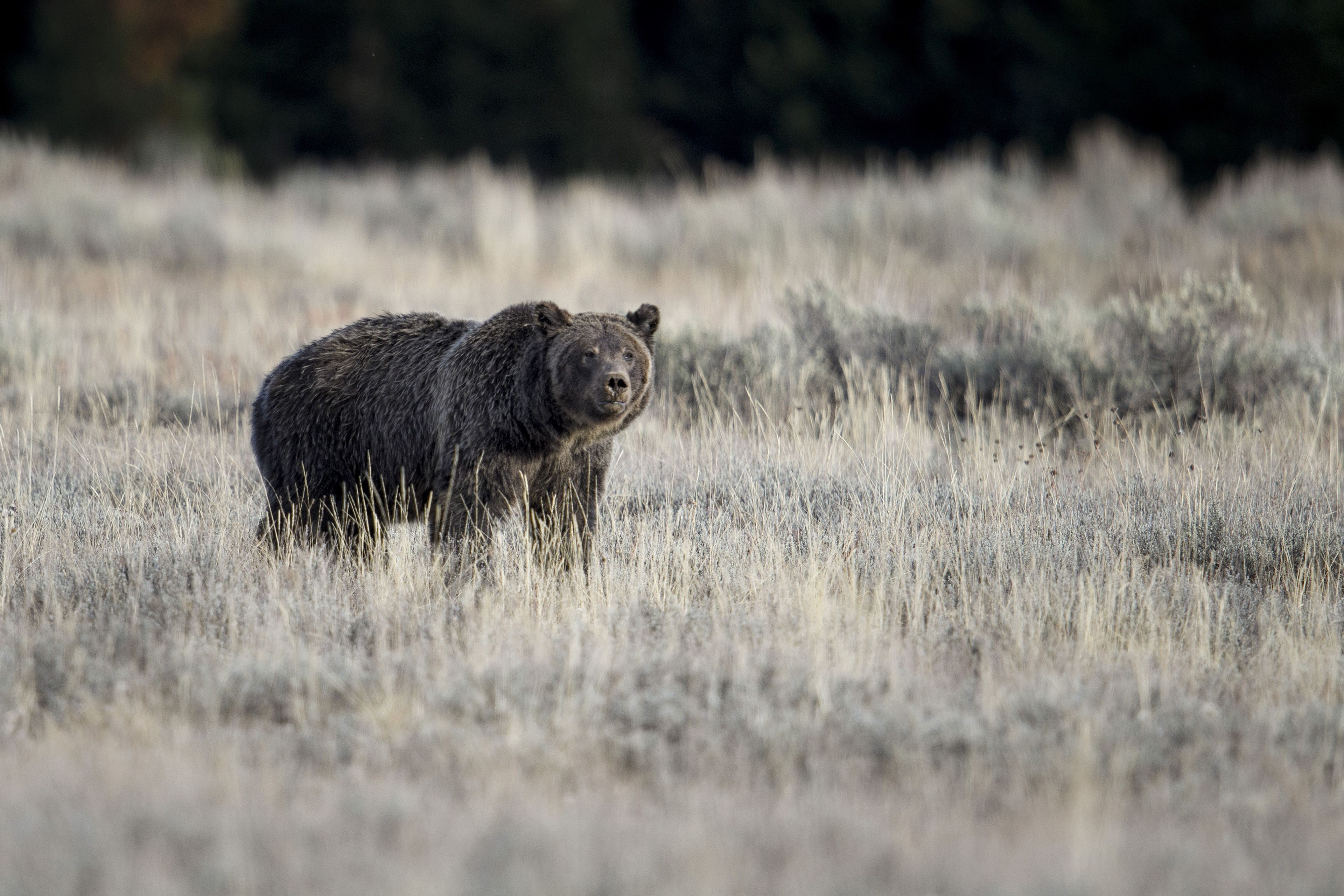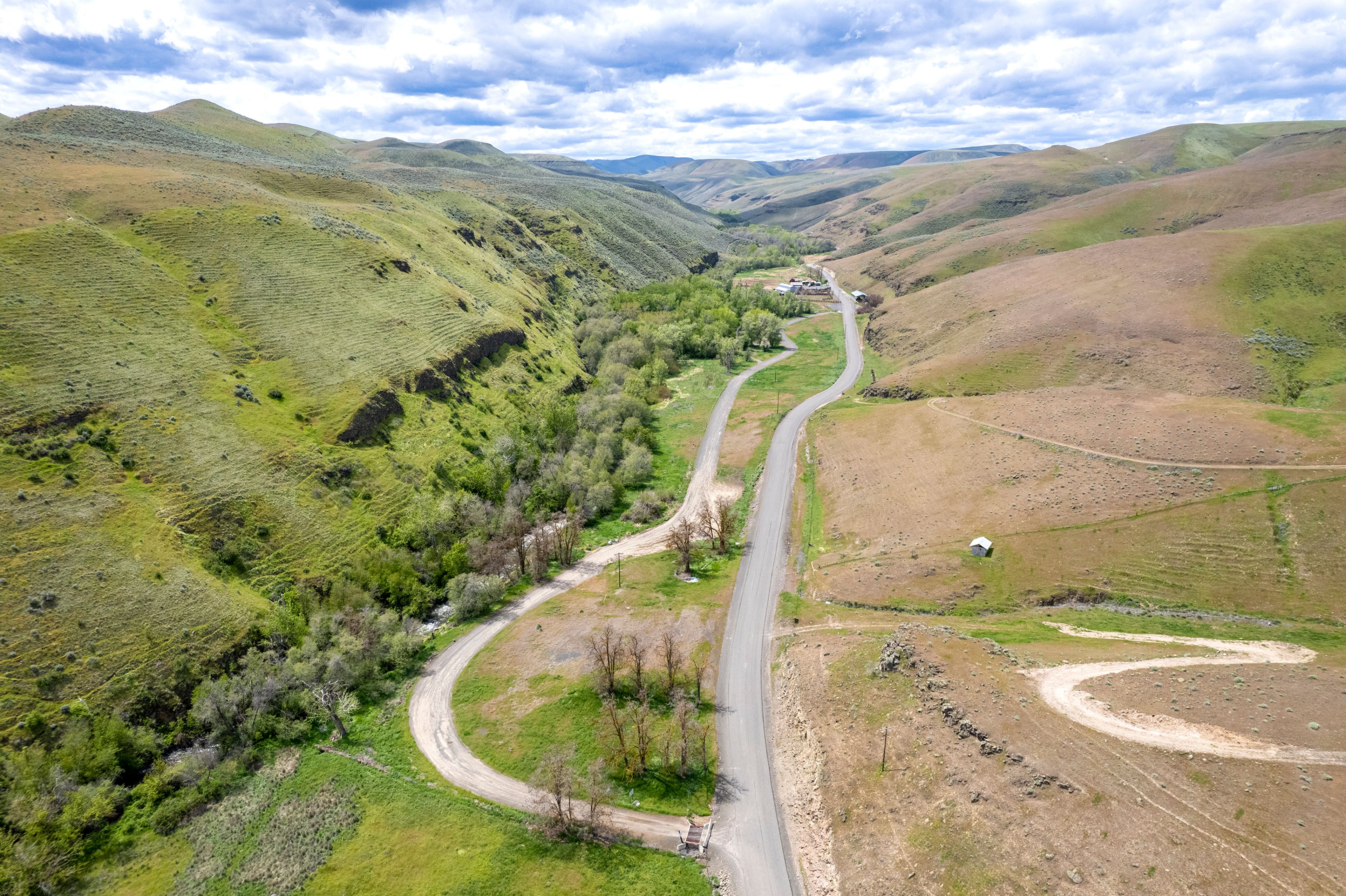Idaho anglers will have a chance to shape the Fisheries Management Plan for the state and Clearwater basin as well as fishing rules for the next three years at a series of public meetings next week.
Fish and Game officials are updating both documents. The first - the Fisheries Management Plan - will be in place for six years and sets the goals and objectives for the state. Fisheries managers look to the plan when writing fishing rules and regulations as well when deciding how to manage everything from salmon and steelhead to warm water species like crappie and bass.
"In some ways it's more important than the rules," said Joe DuPont, regional fisheries manager for the Idaho Department of Fish and Game at Lewiston. "The rules can't go outside of this plan."
The three-year fishing rules are based on the larger fisheries management plan and lay out how and where anglers can try to catch fish.
The larger fisheries plan starts with principles that cover topics including habitat protection and restoration, fishing access, outfitting and guiding, public involvement and rule setting. It also outlines goals for specific species such as native trout, salmon and steelhead, and sturgeon and sets statewide strategies such as "protecting and restoring fish habitat," "providing a diversity of fishing opportunities," and "recruiting and retaining new anglers."
The plan sets objectives and programs in specific areas. Instead of following the boundaries of the department's seven regions, it sets the objectives based on river drainages. For the Clearwater basin, objectives include maintaining a diversity of fishing opportunities, providing fishing opportunities for hatchery salmon and steelhead that satisfy different angler types, maintaining and improving natural spawning populations of salmon and steelhead, and managing mountain lakes to both maintain fishing opportunities and sustain native populations of amphibians.
Each objective is followed by more specific program goals and a list of management directions that apply to specific bodies of water. The current plan is available online at http://bit.ly/2siS1Fw.
DuPont said it's worded in a way that gives managers some flexibility as they implement programs.
"Based on the objectives and programs, there are a lot of different ways to go," he said.
But, he said, the update is a chance for anglers to pitch objectives that could change the way managers approach their work. On the three-year rules cycle, DuPont said he would outline some specific topics about which the department would like angler feedback. Those include rules for steelhead fishing and fall chinook, smallmouth bass rules in Dworshak Reservoir and tiger trout rules in Deer Creek Reservoir.
Barker may be contacted at ebarker@lmtribune.com or at (208) 848-2273. Follow him on Twitter @ezebarker.
Public invited to chip in on fish management
The meetings will start at 5:30 p.m. on the following days, at the following locations.
- Monday at the Idaho Fish and Game Clearwater Hatchery in Orofino.
- Tuesday at the Salmon Rapids Lodge in Riggins.
- Tuesday at the Latah County Fairgrounds at Moscow.
- Thursday at the at the Idaho Fish and Game Clearwater Regional Office in Lewiston.

